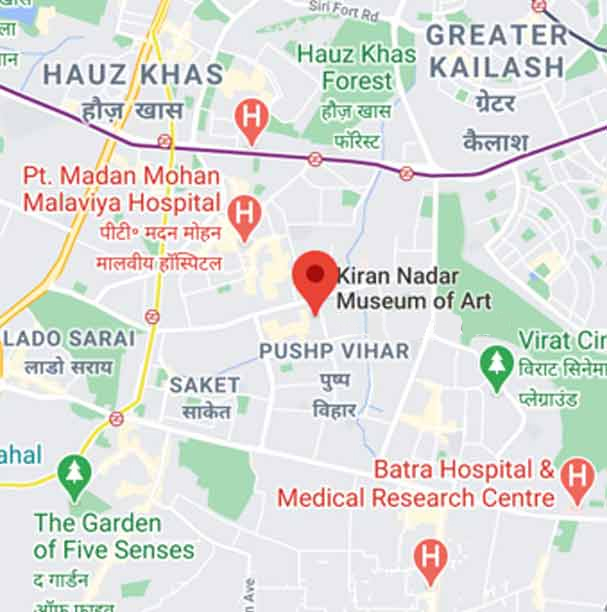- Home
- Magic in the Square Mohan Samant
Exhibitions
The second exhibition Magic in the Square - Mohan Samant, Centennial Exhibition, is a crisp exploration of Samant’s practice, which is also a tribute to the artist. Mohan Samant was part of the Progressive Artists Group (PAG) and carried the dynamism of the spirit of that age. Unique in his approach, Samant’s practice stood apart from the stylistic language of the PAG peers. Samant is one of the modern Indian painters to be trained in India and become successful, in the West following India’s independence. He has been dubbed as "one of the few artists who has successfully made the bridge between Eastern and Western traditions." Having spent most of his life in New York, Samant’s practice is a classic instance of the strong ingrained roots to the homeland despite having migrated to a different hemisphere, amidst a different culture. Revisiting Mohan Samant while reading his unorthodox approach in transliterating through a set of personal iconographies that would indicate a less-spoken chapter in the national history of art. He was one of the earliest examples of a transcultural person, freed from the incapacitating logic of stylistic doctrine through which often the modernist-nationalist narrative is studied, as poignantly termed by Homi K. Bhabha, he was a dweller of the in-between. Growing up in the vibrant city of Bombay (now Mumbai), Samant was exposed to the realism of reproduction of Ravi Varma’s paintings at a tender age alongside his mother’s efforts in the crafts. Later on, training at the JJ School of Arts, and tutelage under Shankar Balwant Palsikar, introduced him to indigenous art styles like Basholi which left an ineffaceable mark on his creative subconscious. Simultaneously the Abstract expressionism that emerged in the 1950s and 1960s in New York, opened new approaches to experimenting with methods, language, scale and medium. Samant configured a style that incorporated and experimented with possibilities of materials, apart from regular paint he started using cement, plastic, sand, and thread, eventually layering his pictorial ground with cut-out forms and figurines. He raised these cut-outs from the primary surface, thus giving his paintings a three-dimensional effect. They are neither relief nor, flat, this in-betweenness, perhaps is an adroit extension of his skills as a Sarangi player. The abstract nuance of classical music is translated in a subtle daintiness on his canvases. The exhibition Magic in the Square is a nonliteral elucidation, drawn from the title of one of his artworks. With 20 works of Mohan Samant from the KNMA collection and other collections, synchronizing with the poetic deliberations of Amitava, the exhibition explores the ‘intermediary’ transmissions in consciousness, that flow freely from one creative field to another, from poetry to image to music.
About the Artist –
Mohan Samant was born in 1924, Goregaon, Mumbai. In 1952 he received his diploma from Sir J.J. School of Art, Mumbai. During the same year he participated in his first solo exhibition. Through the years, Samant continued to showcase his multifaceted works in several prestigious museum and galleries in India and across the world like the Rome Institute of Oriental Studies, Italy (1958); World House Galleries, New York (1961); Gallery Chemould, Mumbai and New Delhi; Taj Gallery, Mumbai (1966). He took part in key group exhibitions like Contemporary Indian Painting 1973: Commemorating the Silver jubilee of India's Independence, Renwick Gallery, Smithsonian Institution, Washington, DC (1973); Contemporary Indian Paintings, Fukuoka Art Museum, Japan (1984); The Group of Eight, Contemporary Arts of India, New York (1995); Ideas and Images III, National Gallery of Modern Art, Mumbai (2001). Samant has been felicitated with multiple awards and honors like the Lalit Kala Akademi's National Award in 1956, Gold Medal from the Bombay Art Society in 1956 and 1957 and the Asian American Heritage Award for lifetime achievement in the arts in 2000. Samant passed away in 2004 in New York.

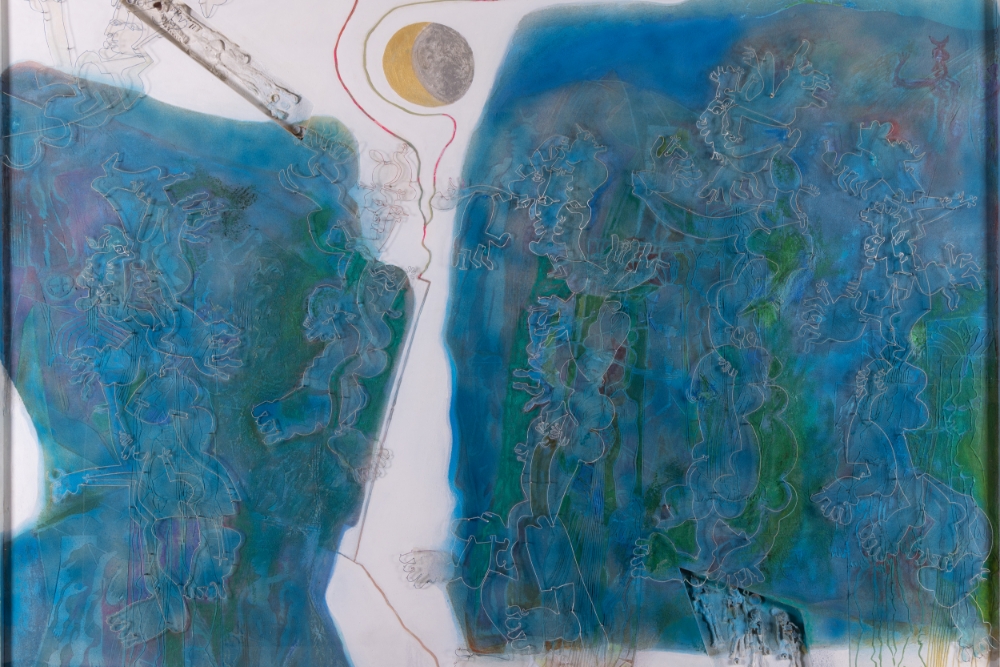
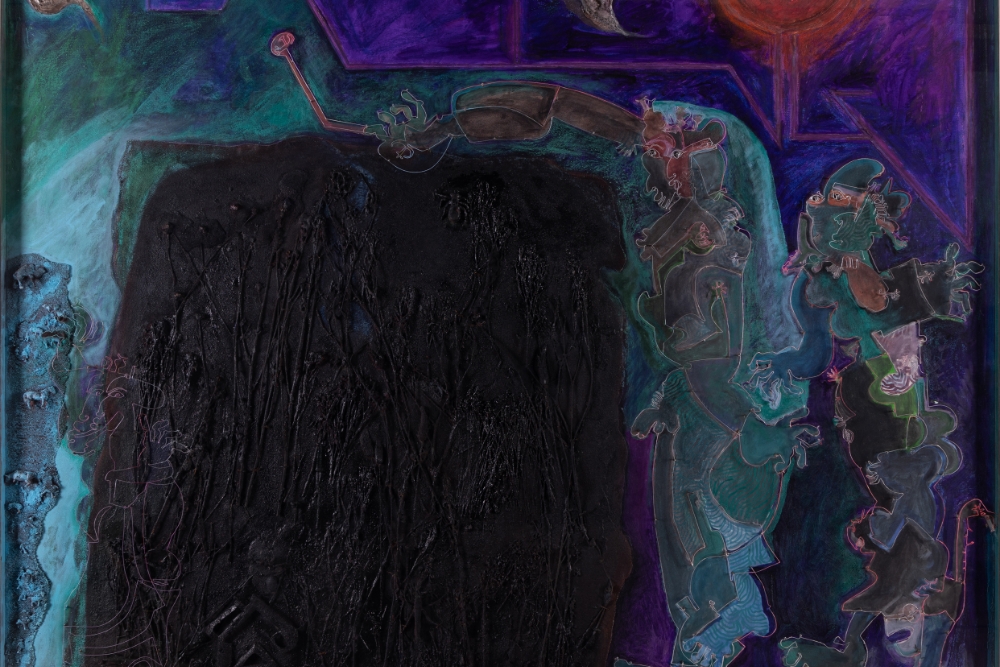

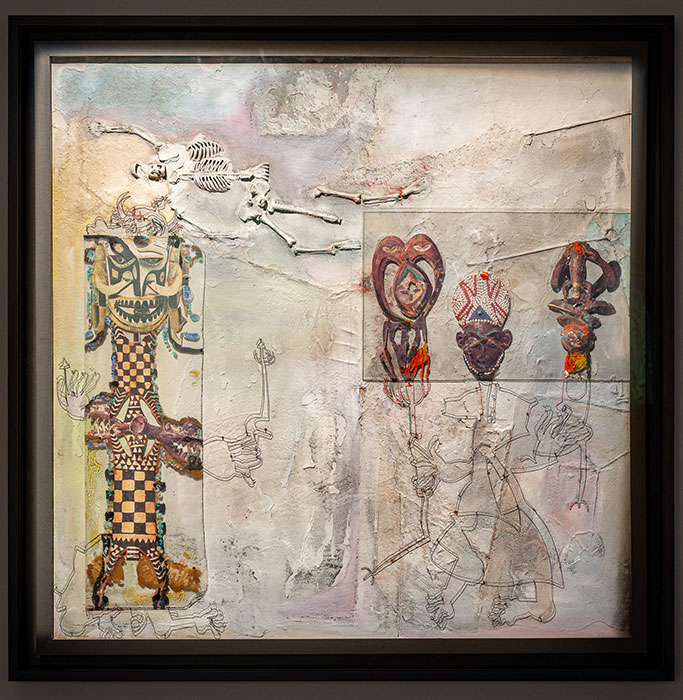

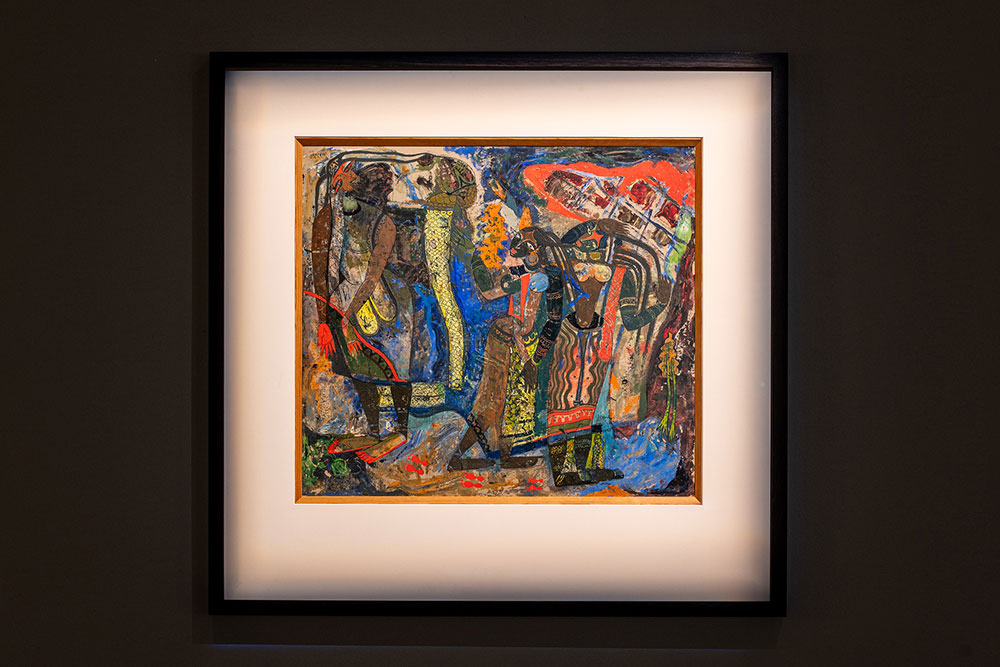
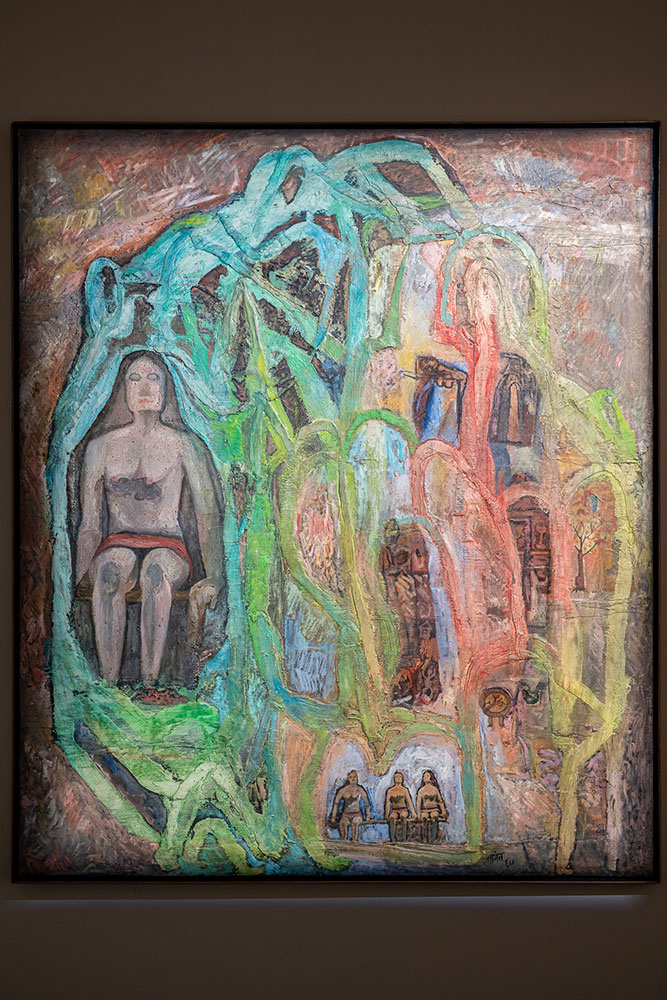
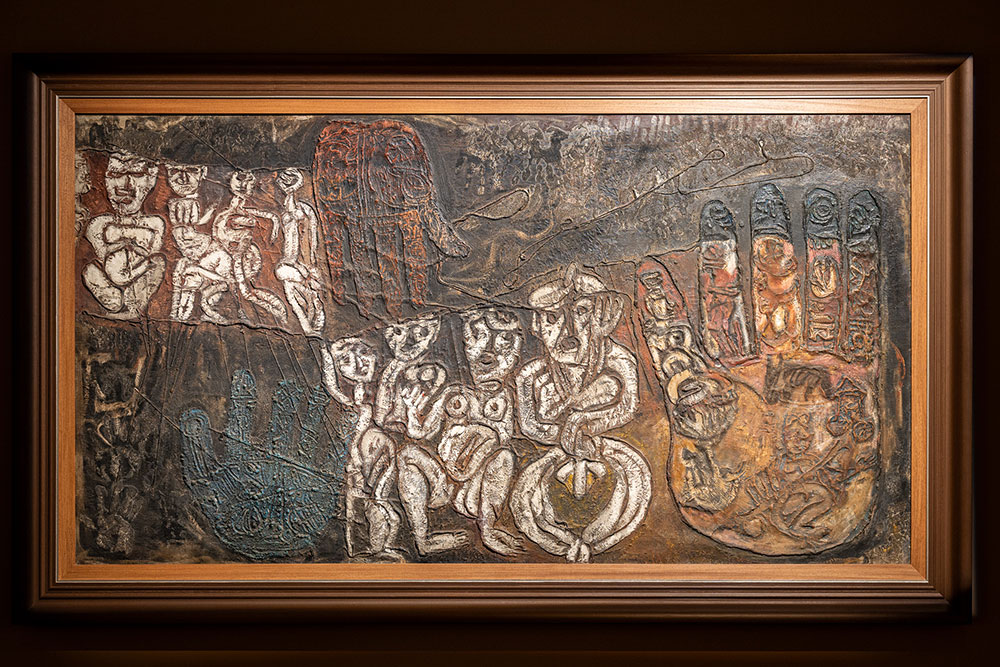
_0.jpg)



























.jpg)












.jpg)






























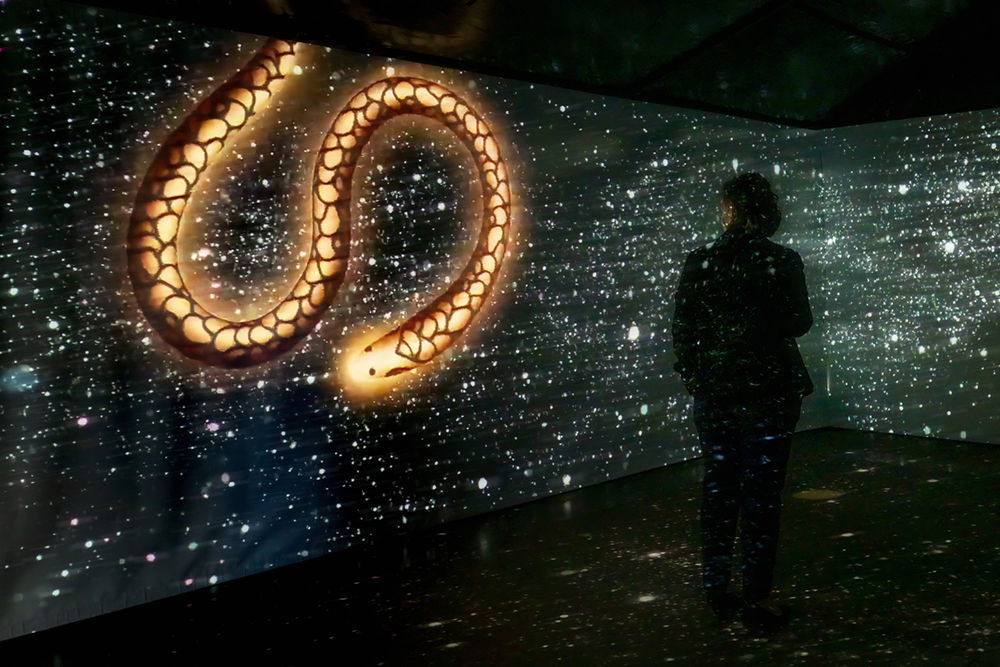
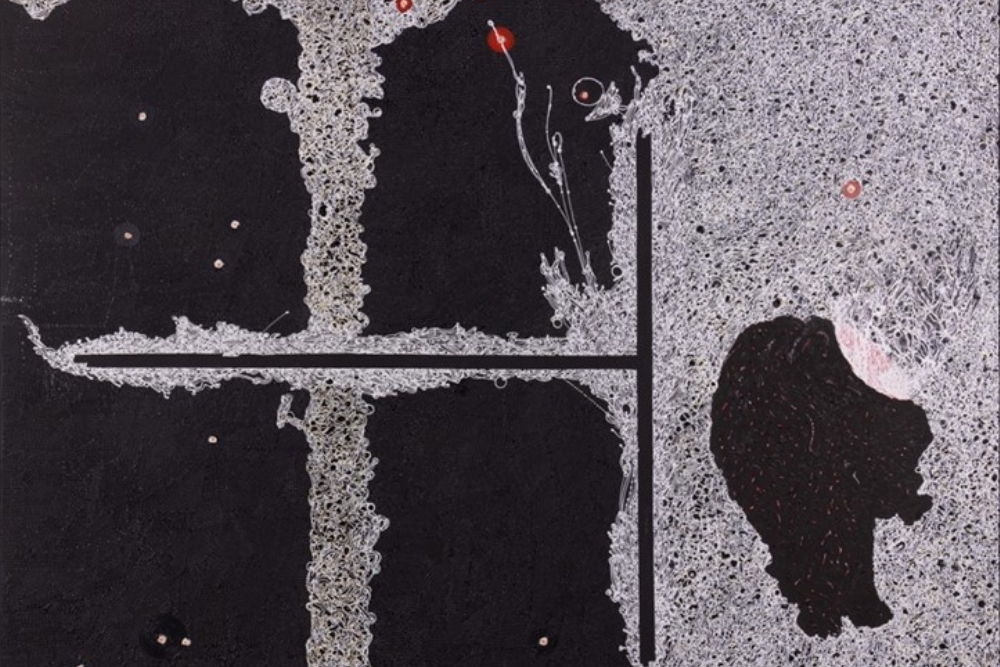
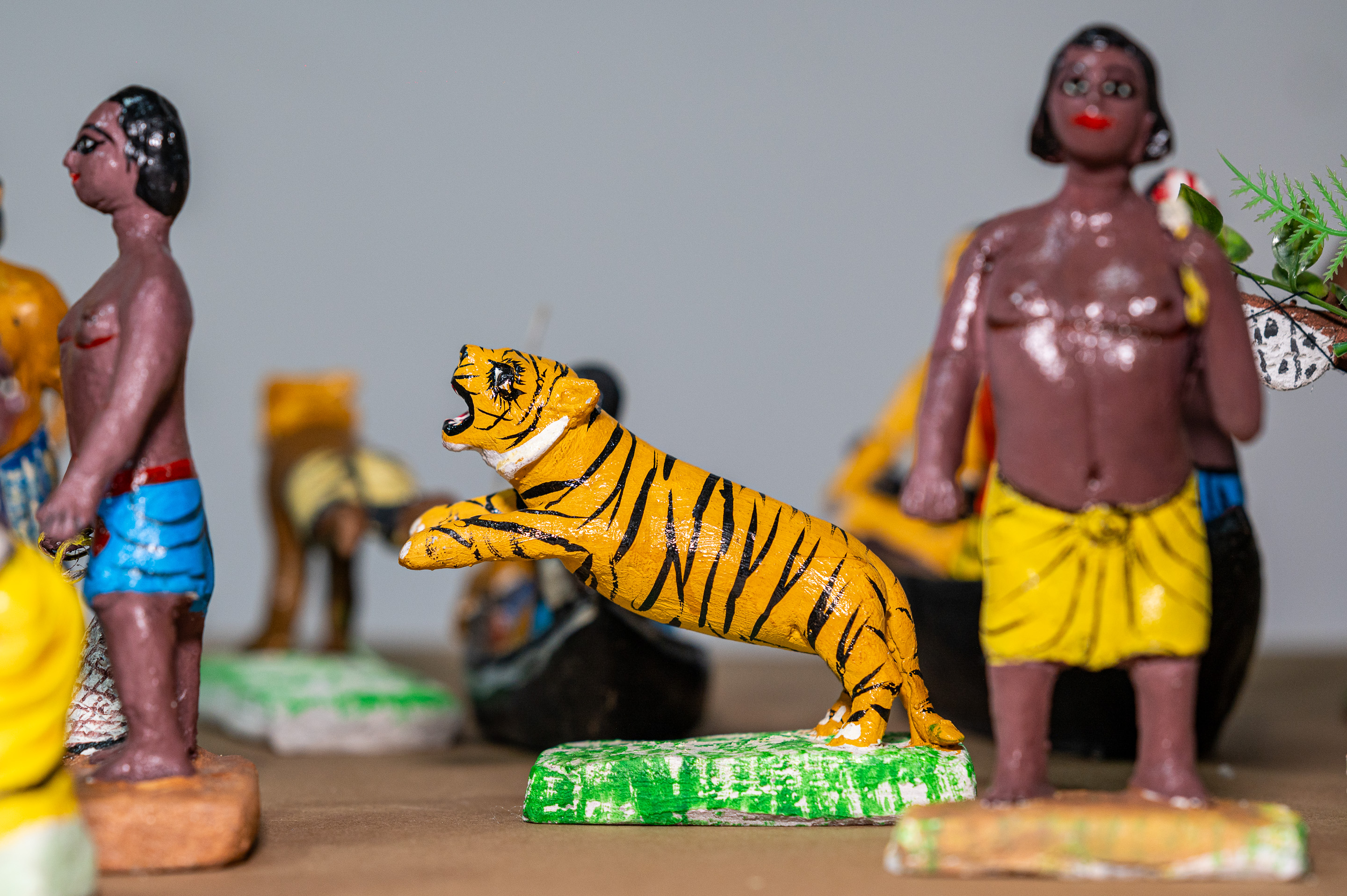

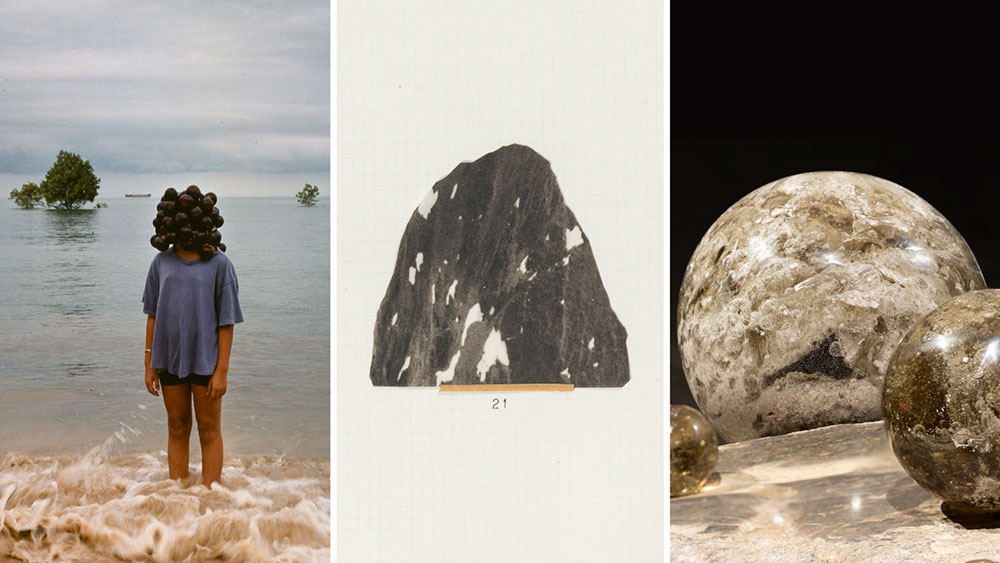

.png)

